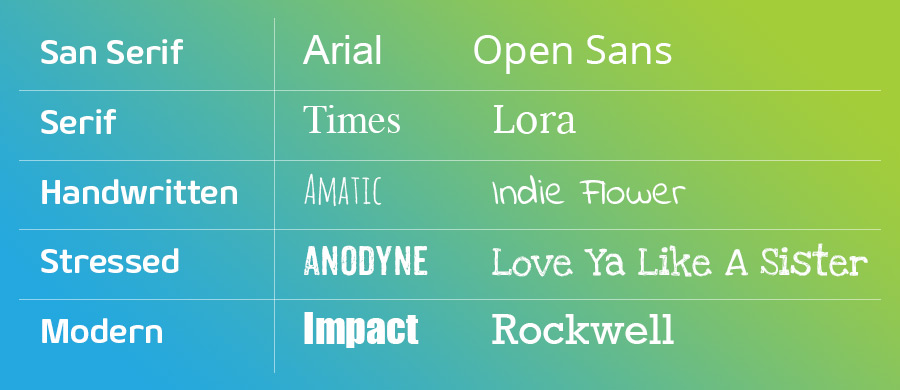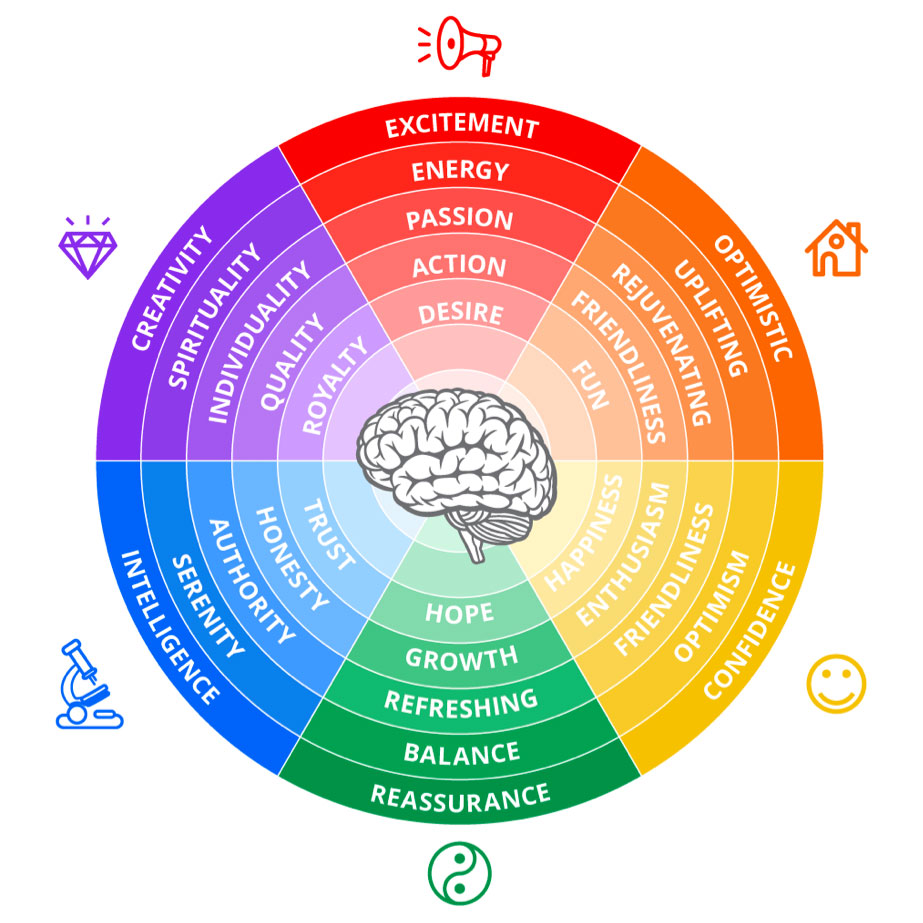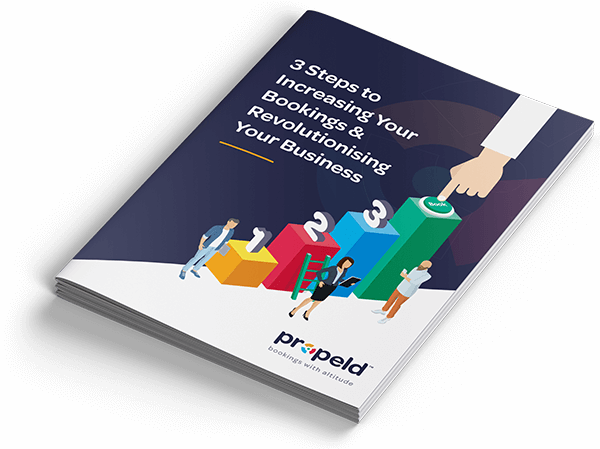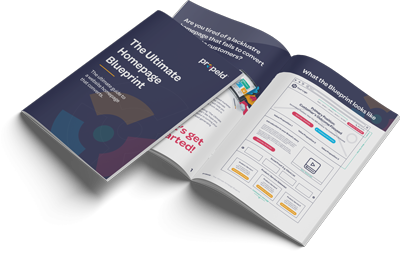So, you may have a great looking logo and a striking colour palette to go with it, which is great, but do your customers emotionally connect with you as a business.
When I ask anyone “What is your brand?” the usually answers go something like this:
- My logo
- My company image
- My products or services
True, these are some components of your brand but there is more to it than that. Branding is about who you are, why you do what you do, how you visualise your business and most important of all, how your customers perceive you. Your brand is what you promise to your customers and your reputation.
Sure, you can get your cousin’s best friend’s son to knock out a logo for you with a graphic of a wave and the sun in it, and plaster it all over your marketing collateral, but that won’t tell your customers who you are. Don’t rush into it! Discovering who you are as a brand is a process that should take time, as the decisions you make about your brand will determine the success of your business.
Where do you begin with establishing who you are?
There are four main steps to consider when creating a brand for your business which are:
- Exploring your brand core
- Discovering your brand positioning
- Locating your customer persona
- Landing your visual identity
Working out these four steps will leave you with a clear direction of who you are and how you should engage with your customers.

Step 1. Exploring your brand core
Like any journey, to establish where you want your business to go you need to make sure it’s heading in the right direction. Your brand core is your guiding compass and it is made up of the following three elements which need to be tackled first because they’re the most important aspects of your brand. They guide every other part of your brand and every action you take. If you start by taking the wrong path you may never reach your final destination.
What’s your brand purpose
This is where you discover the purpose of what your brand does. What is your backstory? More often than not, a tourism business starts from passion — passion for adventure, the destination, or the community. If you align your brand with a cause or reason for being you will attract a dedicated following of customers who align with your beliefs. Examples of this could be related to eco/wellness tourism or organic dining.
Develop your brand vision
Where do you envision your business 5, 10 and 15 years from now. Map out a timeline of what your business goals are. Combine your aspirations and ideals to create your vision statement. Here is Tourism Australia’s “Our vision is to make Australia the most desirable and memorable destination on earth – because this underpins everything we do at Tourism Australia.” Remember to aim high, but still be realistic.
Craft your brand values
Your brand values are the principles you live by to guide your business’s culture. Choose 3-5 objectives that best describe how you want your brand to be perceived by your customers and the experiences you want to give to them. Here are some examples:
- Virgin – Insatiable Curiosity, Smart Disruption, Straight Up, Heartfelt Service, Delightful Surprise, Red Hot Relevance
- Marriott – Putting people first, Pursuing excellence, Embracing change, Acting with Integrity, Serving the World
You should now have a fair idea of where you have come from, what your principles are and where you are heading. Time to move on to your audience.
Step 2. Discovering your brand positioning
Now it’s time to discover your position within your marketplace through the eyes of your customer. Understanding your brand’s position will give you an edge over your competitors, as you will be in a better position to align the design of your brand to be more appealing to your audience.
Figure out your target audience
To figure out your target audience, start by looking at your ideal customer and who your business is currently appealing to. What are the demographics of your audience, their gender, age, ethnicity and location? What are their interests, lifestyle and personality? There is no point creating a brand that appeals to 40 year old mums if your product is more suited to 25 year old male hipsters, as there will be a huge disconnect.
Research your competition
Now you have an understanding of your audience you need to identify your competition. What do you like and dislike about them? You need to know what the industry norms are and how you can surpass them. Get to know your competitors, study their website, products/services, marketing and brand image. Learn from them but don’t copy them! This will help you identify your differences.

Differentiate yourself
You know what your competitors are doing, so now it’s time to discover your unique selling points. Differentiating yourself is arguably the most important part of your brand. Why should your potential customers buy from you over your competitors, what do you offer that makes you unique? There are several ways of standing out from the competition;
- you may have a unique product or service
- it may be your location
- you can target a specific audience or demographic
- perhaps cater your business towards specific interests or hobby groups
- or it could be as simple as your customers are from a specific location or speak a particular language.
If you are the same, the only way to win customers is by price, and you don’t want to be the cheapest!
Step 3. Locating your Customer Persona
Now you have figured out your internal and external positioning it’s time to figure out how to talk to your audience like a human, afterall your customers have their own voices on social media so to engage with them you will need one too. The information on your website, your social posts and your adverts will need to be consistentand share the same personality.
Who’s your brand personality?
Start with your tone of voice, is it formal or informal? If you are a luxury hotel chain catering to business travellers then you may lean more towards the formal side, but if you are running an adventure tour then it is critical that your language is informal and exciting. The tone and language you and your staff use should be used in your personality. Work with your team to think of five adjectives that genuinely describe your business, these will be the heart of your personality. For a personal wellness tour your words maybe:
- Calm
- Brave
- Kind-hearted
- Spiritual
- Joyous
Whatever you come up with, make it define who you and your brand is. Just be true to yourself.

What’s your brand voice?
Now you know your personality it’s time to evaluate your character, tone, language and purpose. These answers should reflect your personality. To create a personality with your voice, you must decide how you want to be perceived by your audience.
- Is your character friendly, authoritative, inclusive or professional?
- Is your tone loud, quiet, reserved, direct or thoughtful?
- Is your language straightforward, fun, whimsical or savvy?
- Is your purpose to engage, entertain, enable or delight?
It is important to choose one word for each of the segments of your voice that best describes how you want to be heard, as this is how you will engage with your customers. It is equally important to list who you are not, so your team knows how not to talk to them.
Create a tagline
You have now established your Brand Core, Positioning and Personality it is a good exercise to wrap this up in a memorable tagline. Your tagline is what your customers will remember you by, it relates directly to your business in its entirety and should be timeless. An few great examples include:
Airbnb: Belong Anywhere
Nike: Just Do It
Apple: Think Different
Through a creative marketing campaign and a catchy tagline, a brand can leave a memorable impression on their consumers.
Step 4. Landing your visual identity
For the creative side of you, this is where the fun begins. This is where we start putting everything together that we have learnt about who you are and getting it out there into the world. Putting together the visual identity of your tourism or hospitality business can be extremely exciting. Developing a memorable logo, choosing the right typography that suits your personality, developing a colour palette that pops and capturing stunning imagery that create FOMO, will all give your guests a great first impression.
Your Logo
Your logo is the foundation of your brand identity, it usually is the first thing your customers see. A lot of tourism businesses will go down the cheapest route when creating a logo, which more often than not will make your business look cheap. Your logo will be on your printed material, vehicles, website, social media, merchandise, promotional items, signage and more, so make sure you give it the attention and investment it deserves. Make sure it’s simple, versatile, memorable, timeless, and accurately symbolises your company’s vision, offerings and culture.
Typography
Different fonts come with different personality traits, so it’s important to choose the right ones to align with your brand.
- San Serif fonts (Arial, Open Sans) come across as cool, clean and modern.
- Serif fonts (Times, Lora) are associated with reliability and maturity, not often suited to tourism brands.
- Handwritten fonts (Amatic, Indie Flower) give an organic and friendly feeling.
- Stressed fonts (Anodyne, Love Ya Like A Sister) can be rustic and fun.
- Modern fonts (Impact, Rockwell) give off a bold and progressive vibe.

When pairing the right fonts together you can positively influence how guests perceive your business.
Colour Palette
Colours also have personality and create different emotional impact on people. In western culture, blue is often associated with trust, green is natural, red means passion, yellow is connected to fun and sunshine. Choosing the right colour palette will evoke the correct emotions you want your customers to feel towards your brand. Colours can mean different things in different cultures, so make sure you do your research if you are trying to appeal to an international audience. Another thing to consider is to compare what colours your competitors are using and choose a colour from the opposite side to the colour wheel to ensure you stand out.

Imagery
Photos and videos show your visitors the experiences your business offers them. Your imagery should inspire your customers to want to book with you. Whenever possible include people from your target audiences in your imagery enjoying your experiences. This will allow your customers to put themselves in the picture or video and create a sense of fear of missing out (FOMO). The quality of your imagery is essential, if it looks amatuer or outdated your customers will perceive your business and offerings in the same way.
Summary
Your actual brand isn’t something that you create or own, it is how your customers connect with you on an emotional level. Developing a solid brand strategy and creating a consistent message and image of your business will make you more appealing and memorable to the people you want as your customers.
If you get your branding wrong in the beginning it may be impossible to change the image you have created for your customers. You may end up appealing to the wrong audience, which will cost you money in advertising and marketing and lead to less bookings.
Your logo is an important part of your brand, but you need to discover who you are and who it’s for before you design it.
Do you want to know how your existing brand stacks up? Find out more about our Brand and Marketing Audit.

